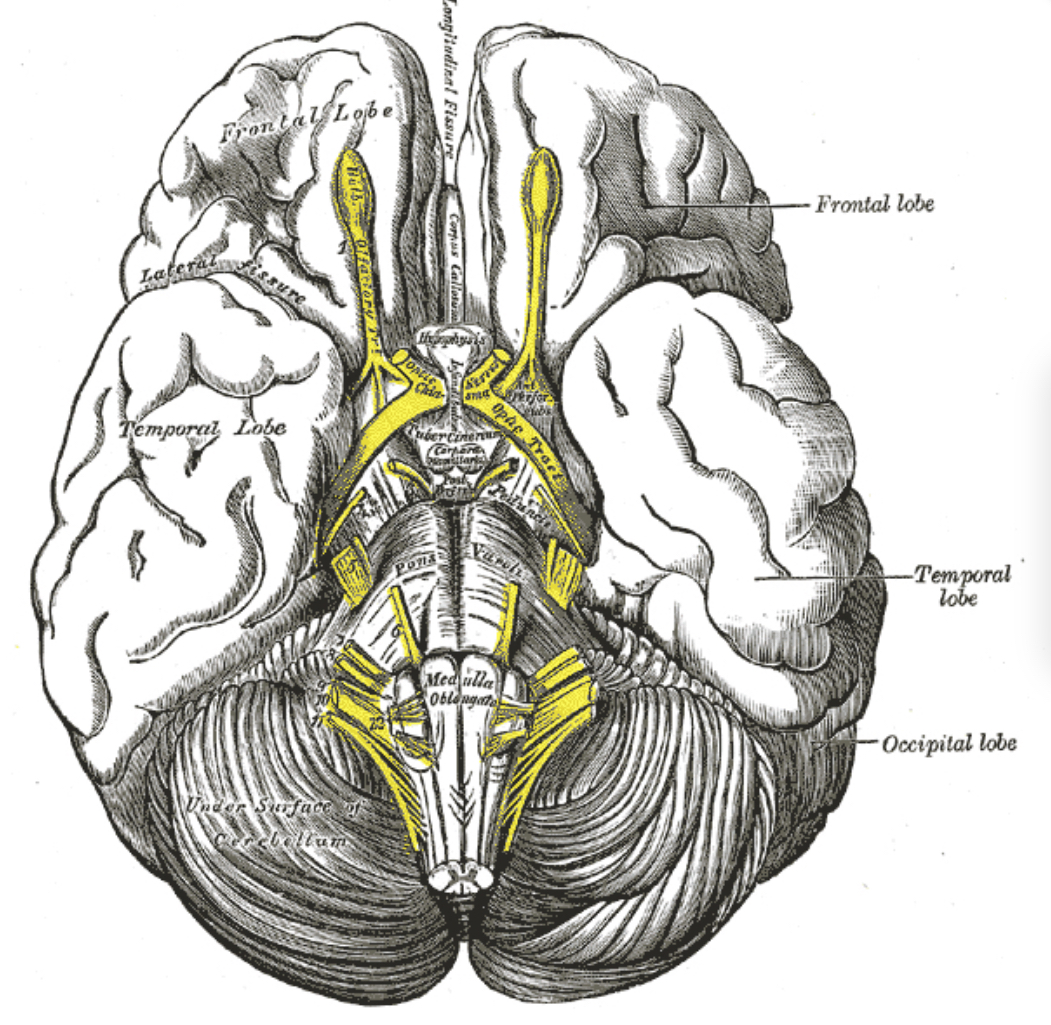The shocking crimes of Christopher Halliwell, a British taxi driver who murdered Sian O’Callaghan and Becky Godden-Edwards, have raised many questions about what might drive someone to commit such heinous acts. While much of the focus on Halliwell’s case has been on his ability to evade capture and the legal issues surrounding his confessions, a neurobiological approach to understanding his behavior opens up another layer of complexity. What might his brain reveal about his capacity for such brutal violence, and how does neurobiology potentially inform our understanding of psychopathy and serial killers?
1. The Prefrontal Cortex and Impulse Control
The prefrontal cortex is known as the brain’s control center for decision-making, moral reasoning, and impulse regulation. This area plays a vital role in enabling individuals to suppress inappropriate or harmful impulses and act within socially acceptable norms. Numerous studies have shown that deficits or abnormalities in the prefrontal cortex are common among violent offenders, particularly those who exhibit psychopathic traits.
In Halliwell’s case, his meticulous planning, the ability to hide his murders for years, and his manipulation of situations suggest that while he had a level of cognitive functioning that allowed him to avoid immediate capture, he may have had impairments in moral reasoning and empathy. Damage or reduced activity in the prefrontal cortex could explain how someone could commit violent acts without emotional engagement. This aligns with findings in individuals diagnosed with Antisocial Personality Disorder (ASPD), where reduced gray matter in the prefrontal cortex correlates with impulsivity, lack of remorse, and poor emotional regulation .
2. Amygdala Dysfunction and Lack of Empathy
The amygdala is a critical part of the brain’s limbic system, which is involved in processing emotions such as fear and aggression. It also plays a role in how individuals perceive threats and respond to emotionally charged situations. In psychopathic individuals, reduced amygdala volume and impaired connections between the amygdala and the prefrontal cortex are often observed. These abnormalities can result in blunted emotional responses, poor threat perception, and a diminished capacity for empathy.
Halliwell’s brutal treatment of his victims—such as his admission to sexually assaulting and stabbing Sian O’Callaghan—points to a lack of emotional empathy or fear of consequences. Studies suggest that such behavior might be linked to impaired amygdala functioning, where the emotional salience of his victims’ suffering is diminished, allowing him to commit such crimes without experiencing distress.
Psychopaths also often have difficulty recognizing fear or distress in others, which could explain how Halliwell remained indifferent to the pain and terror he inflicted on his victims .
3. Reward System Dysregulation and Thrill-Seeking Behavior
The brain’s reward system, particularly involving dopamine, plays a central role in motivation and pleasure-seeking behavior. Psychopaths and violent offenders often exhibit an overactive or dysregulated reward system, leading to a heightened need for stimulation, even through illegal or harmful means. Thrill-seeking and sensation-seeking are common traits in individuals with psychopathic tendencies, driven by a need for excitement that ordinary experiences cannot satisfy.
Halliwell’s behavior reflects this need for high-risk stimulation. He stalked his victims and executed his crimes in a methodical way, possibly finding gratification not only in the act of murder but in the control and power he wielded over his victims. His documented interest in extreme pornography suggests a pattern of seeking out progressively more intense and violent forms of stimulation .
Abnormalities in the brain’s dopaminergic pathways, particularly in the mesolimbic reward system, might have contributed to Halliwell’s need for dangerous and extreme experiences. This is consistent with findings in other violent criminals who exhibit similar compulsive thrill-seeking behaviors.
4. Psychopathy and Structural Brain Abnormalities
Research into the brain structures of individuals diagnosed with psychopathy has revealed key differences from the general population. Psychopathy is often associated with reduced gray matter in regions responsible for empathy, moral reasoning, and emotional regulation. For example, studies using MRI and other neuroimaging techniques have found that psychopaths tend to have less gray matter in the orbitofrontal cortex (OFC) and anterior cingulate cortex, both of which are involved in processing guilt, remorse, and the ability to learn from punishment.
Halliwell’s cold, calculating nature and his ability to compartmentalize his violent acts align with traits seen in psychopaths. While there is no public information regarding brain scans or neurobiological assessments of Halliwell himself, his behavior fits the profile of someone with psychopathic traits, suggesting that structural differences in these brain areas may have played a role in his actions .
5. The Role of Environmental Factors
While the focus here is on neurobiology, it is essential to note that environmental factors such as childhood trauma, exposure to violence, and early life stressors often interact with biological predispositions to produce violent behavior. Halliwell’s upbringing, personal relationships, and any history of trauma could have contributed to his development as a killer. Neurobiological deficits often do not manifest in violent behavior unless combined with environmental triggers.
Conclusion: A Window into Halliwell’s Mind
Christopher Halliwell’s heinous crimes highlight the importance of understanding the neurobiological mechanisms that may drive such violent and psychopathic behavior. While we may never have a complete picture of Halliwell’s brain, examining cases like his through a neurobiological lens can offer insight into how dysfunctions in areas like the prefrontal cortex, amygdala, and reward systems contribute to extreme antisocial behavior.
This approach not only helps explain the disturbing lack of empathy and impulsivity in individuals like Halliwell but also underscores the importance of further research into the brain structures and functions associated with psychopathy. By identifying these patterns early, it may be possible to intervene and reduce the likelihood of such violent behavior in the future.

